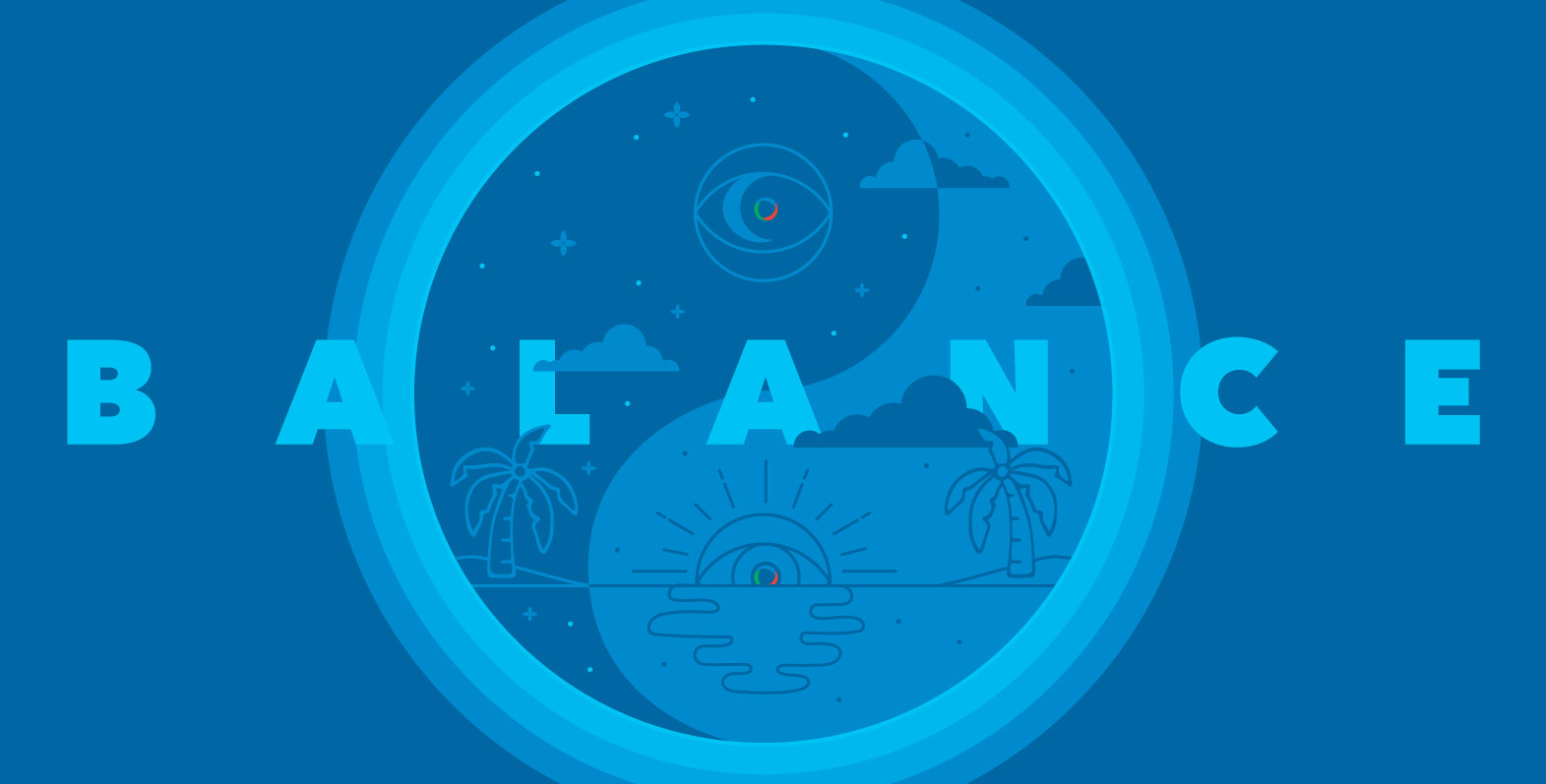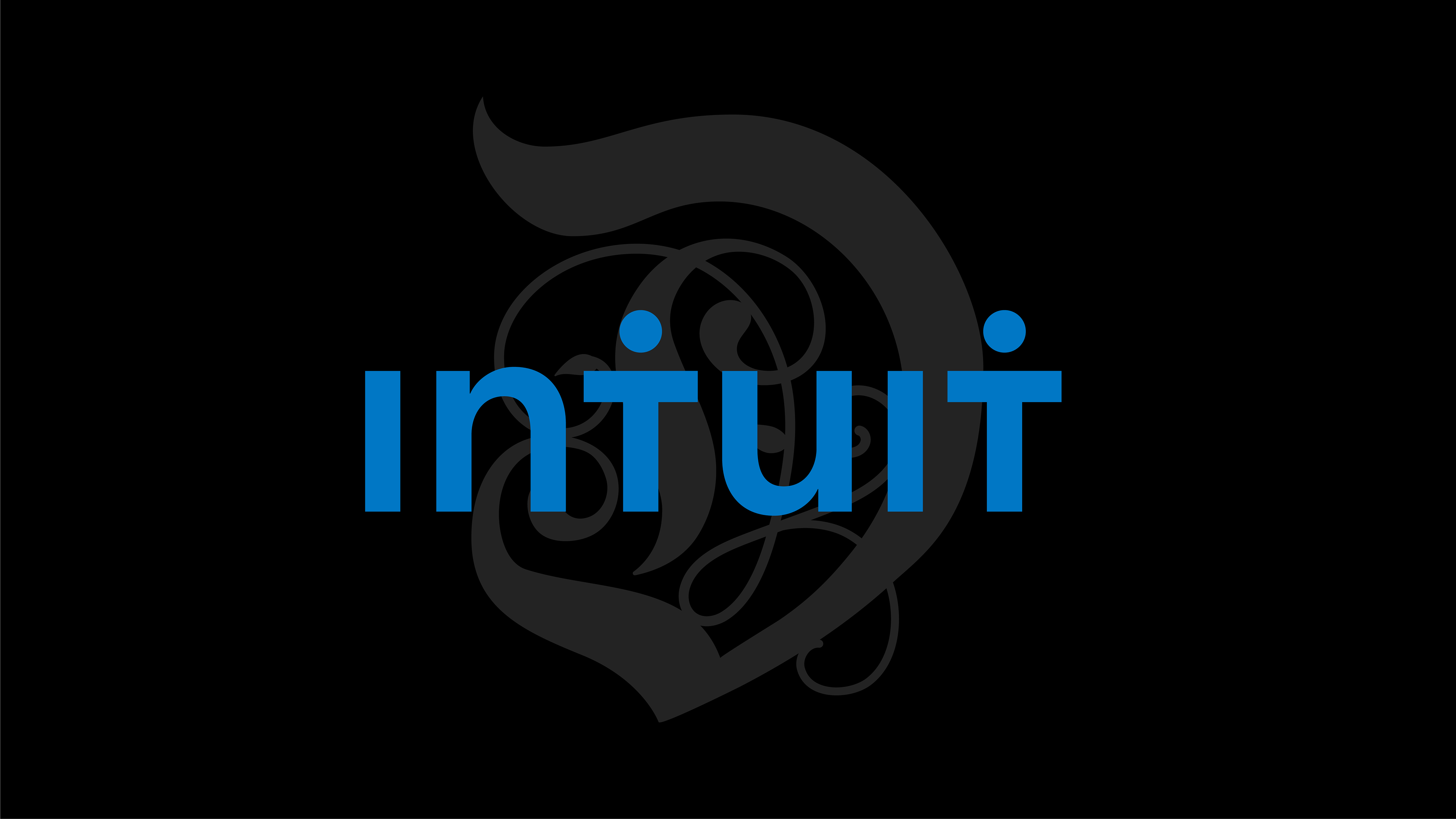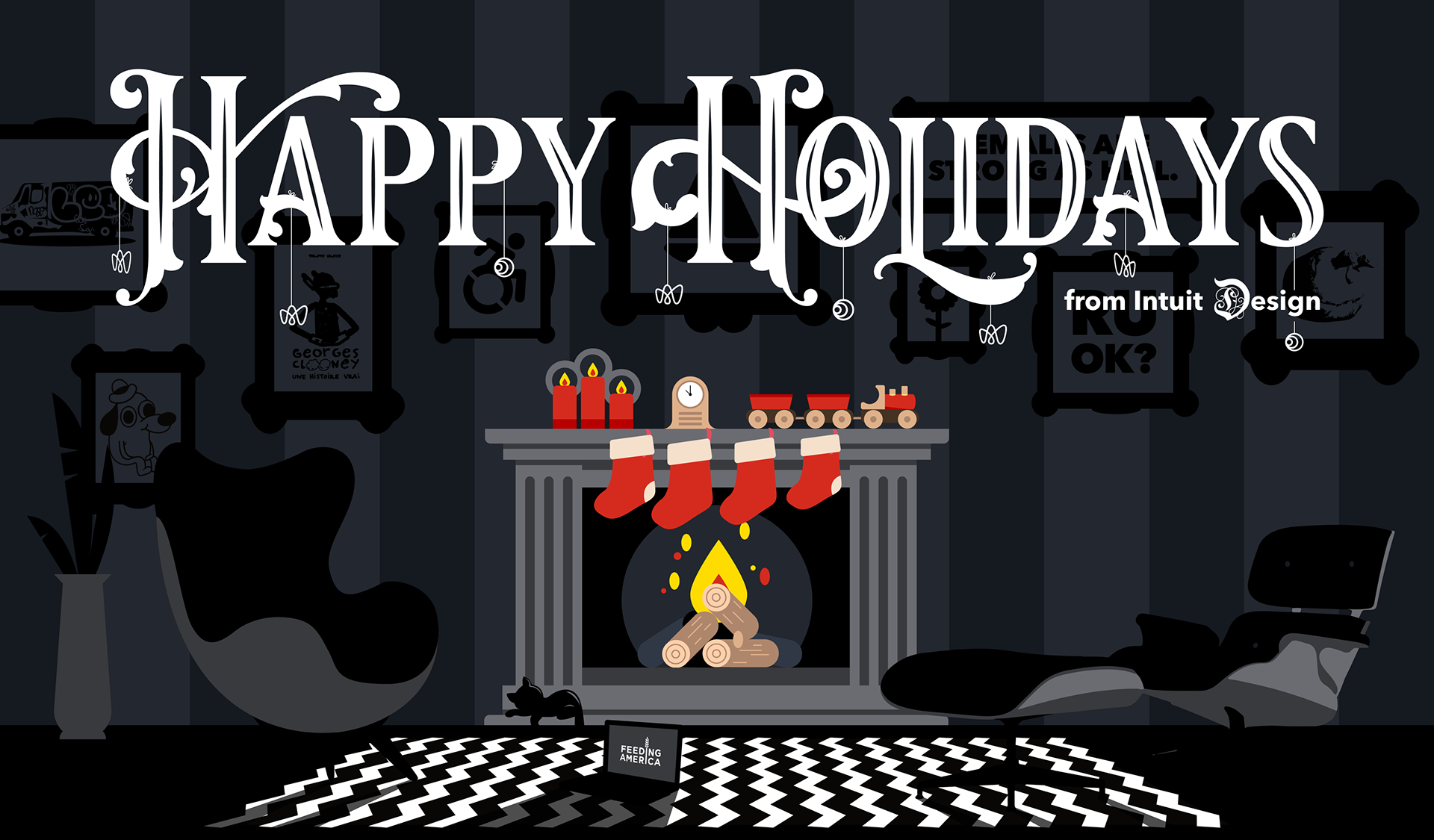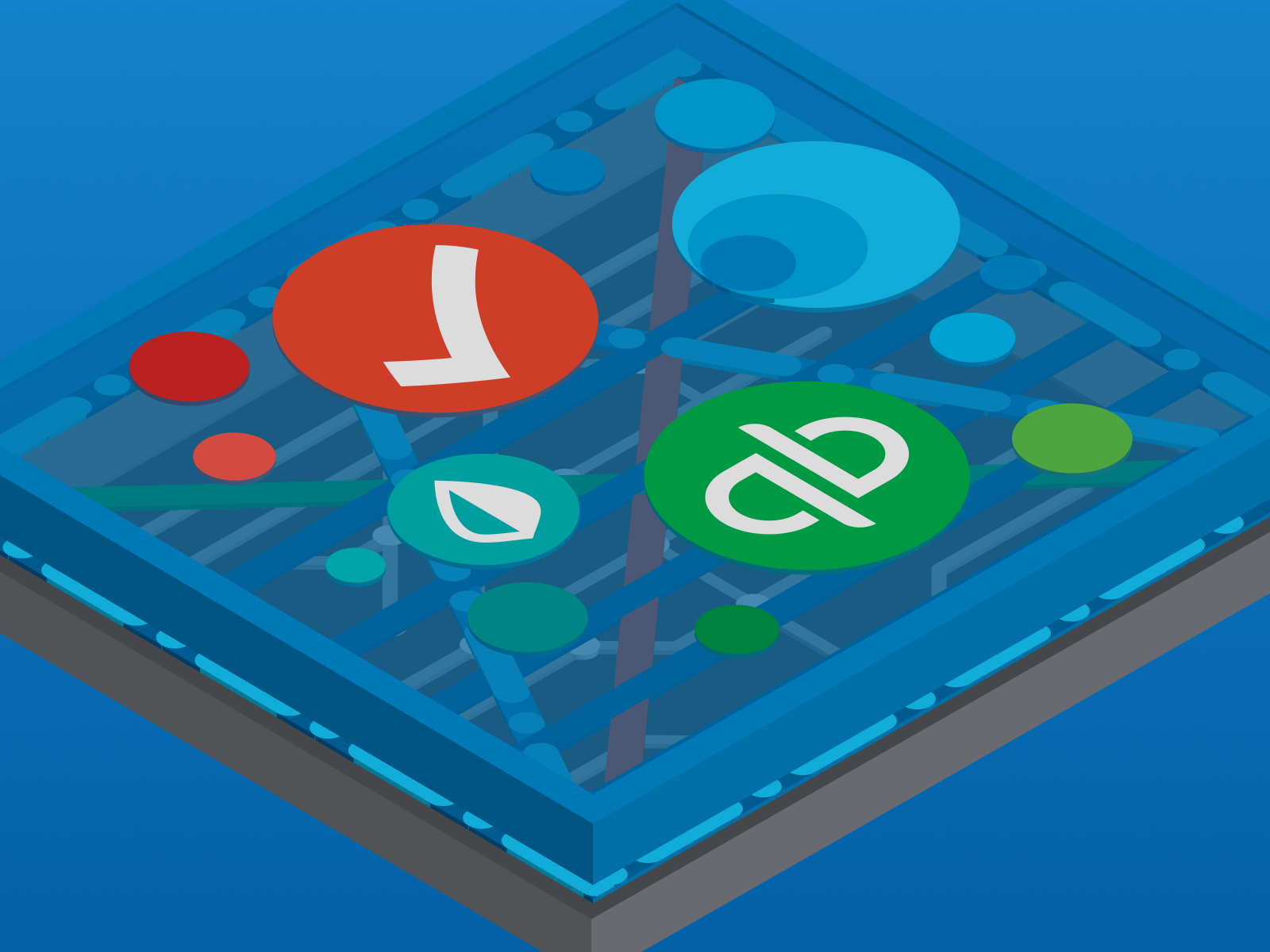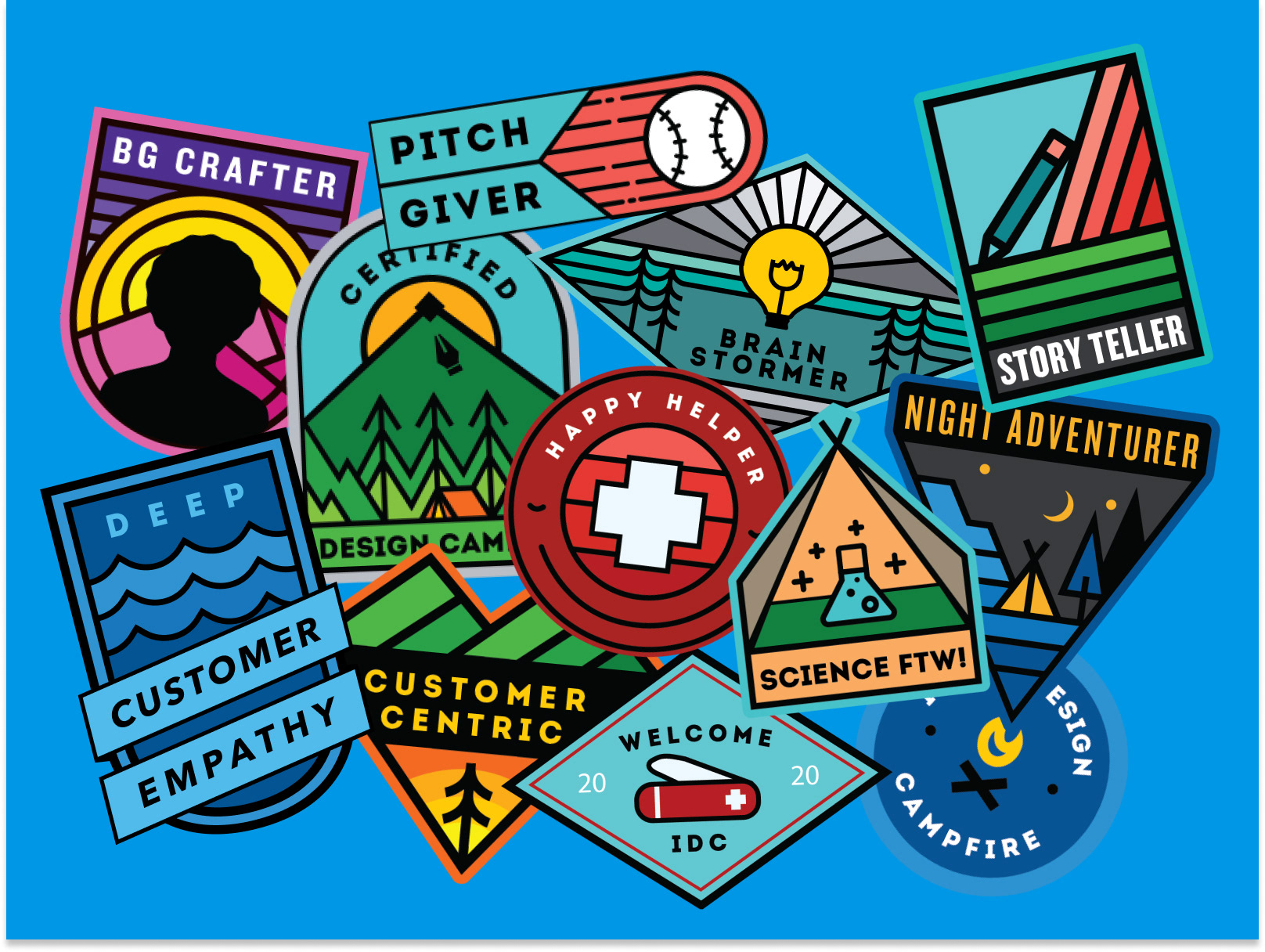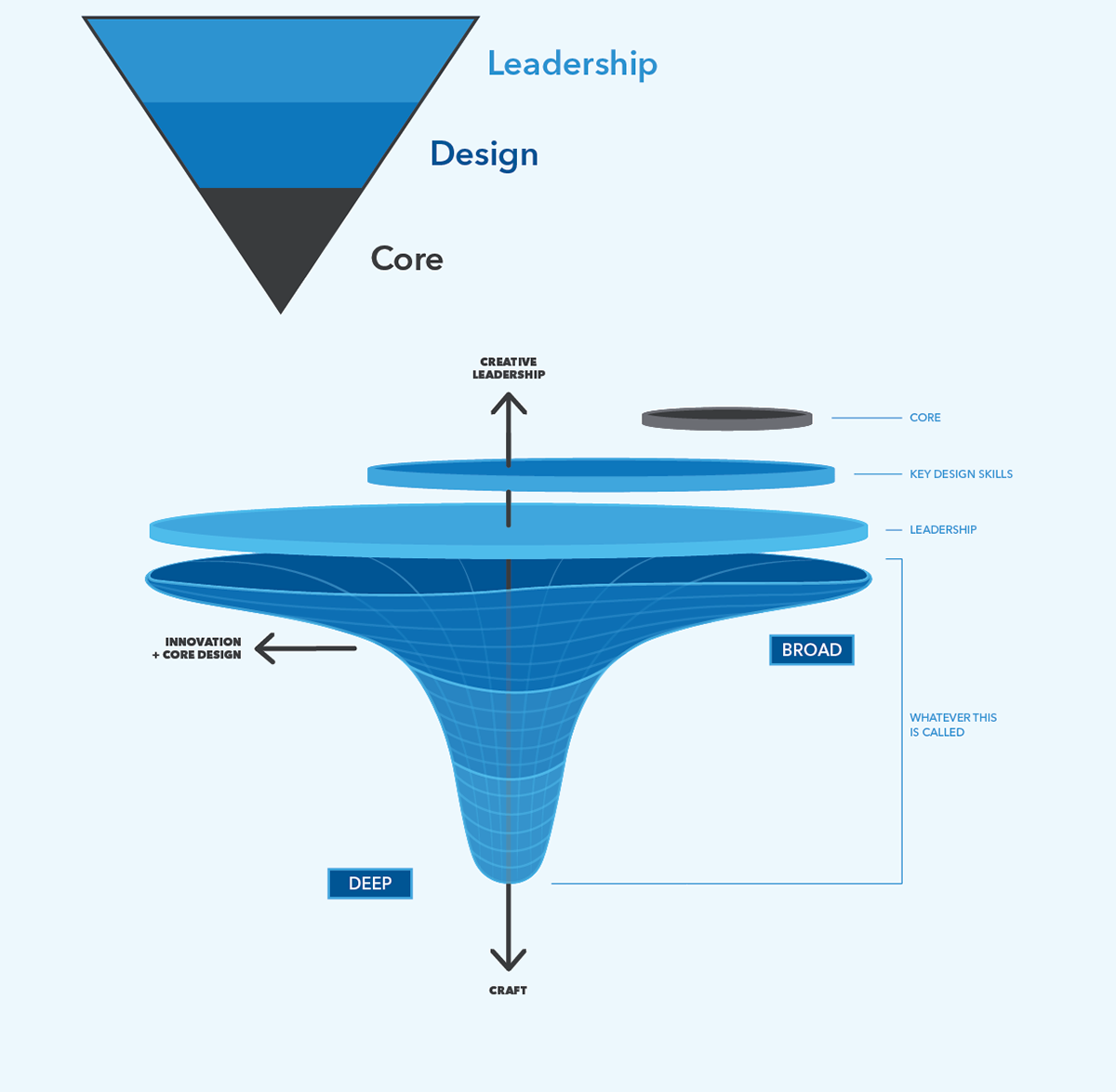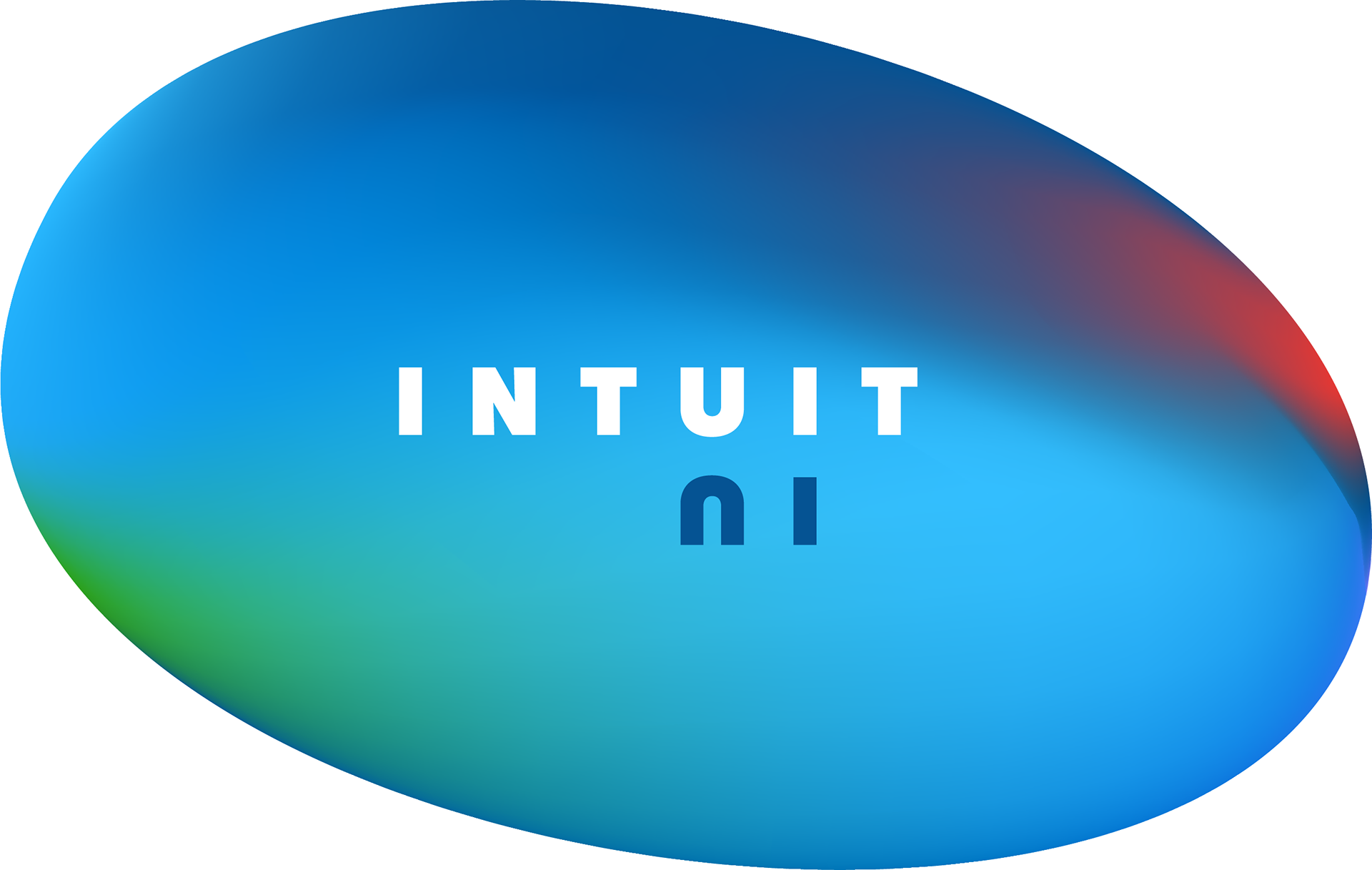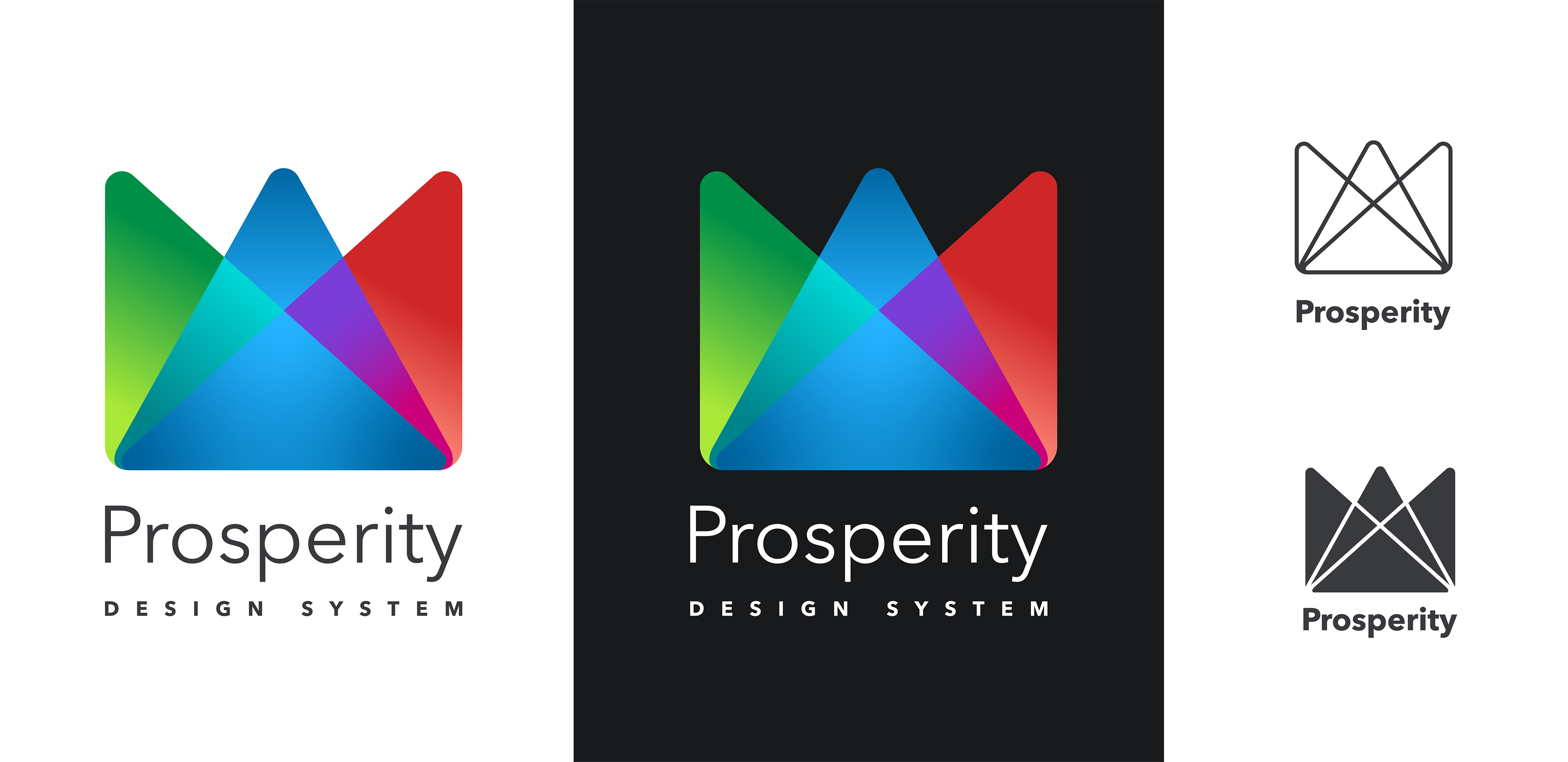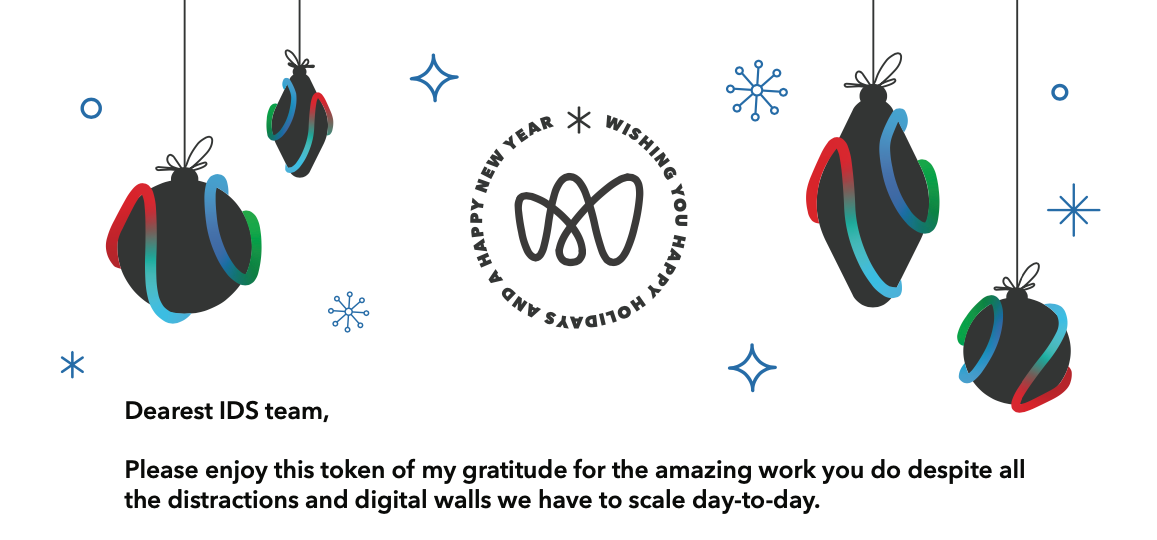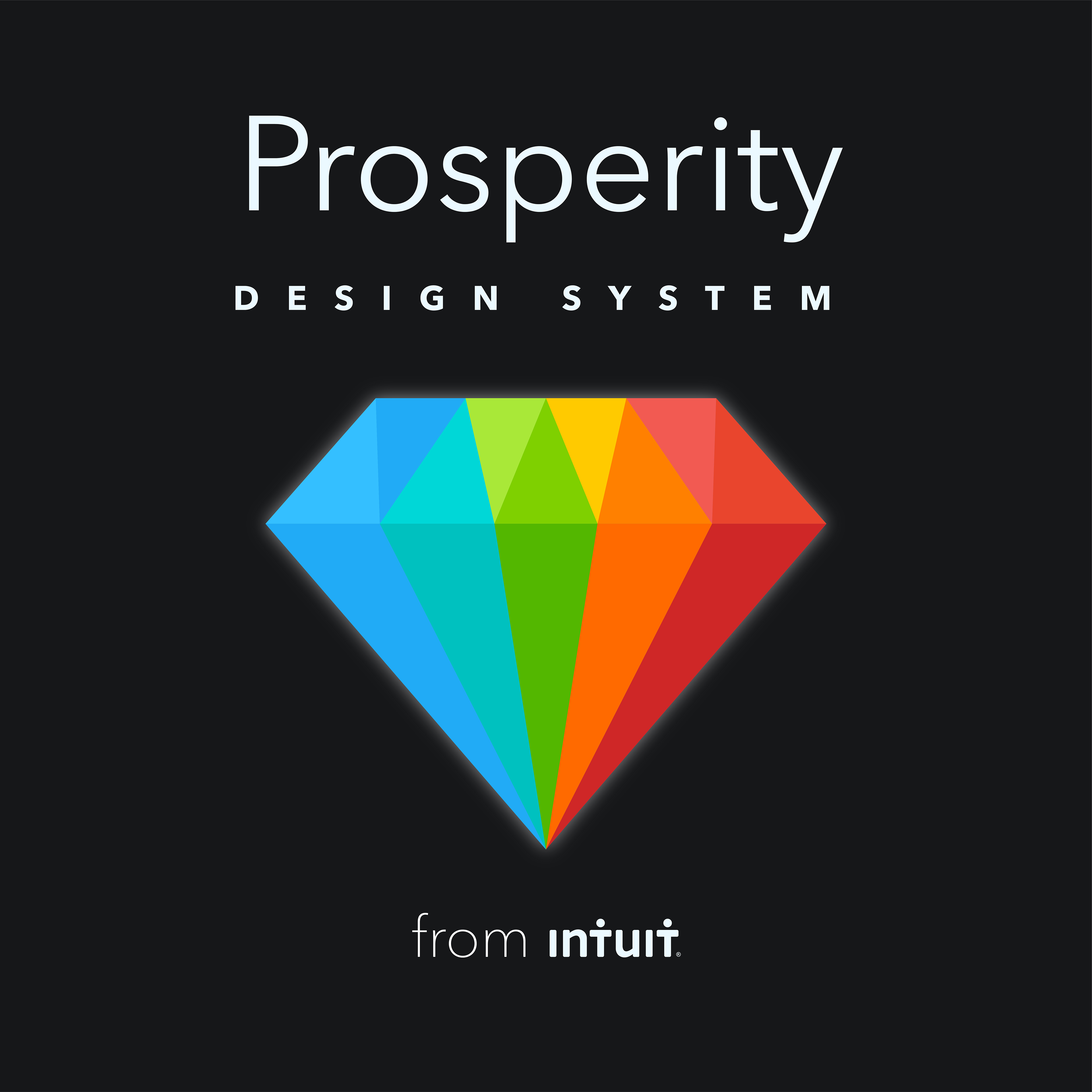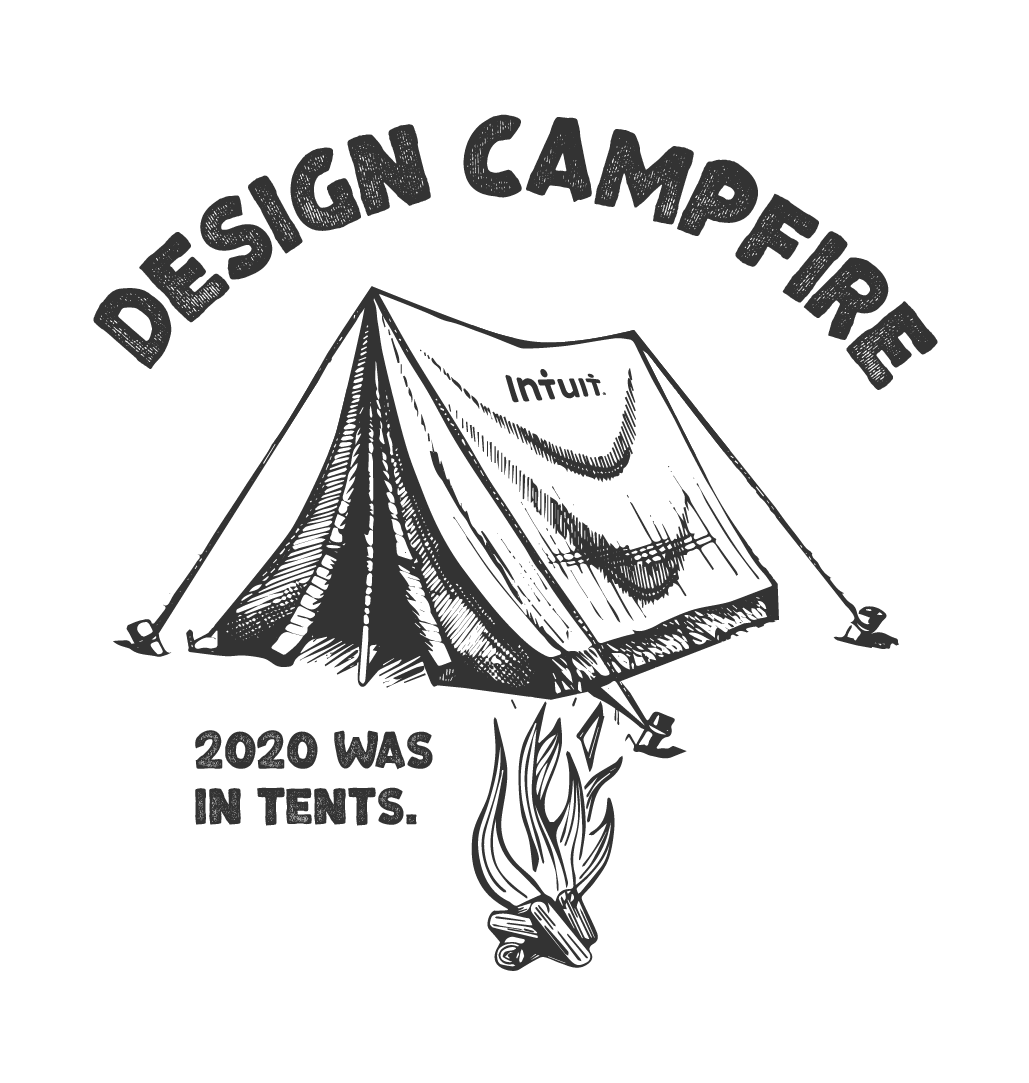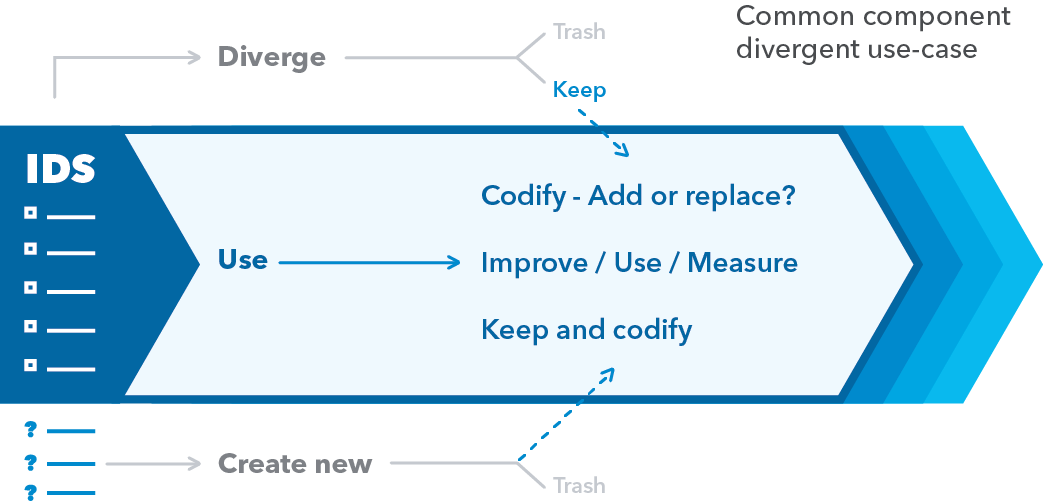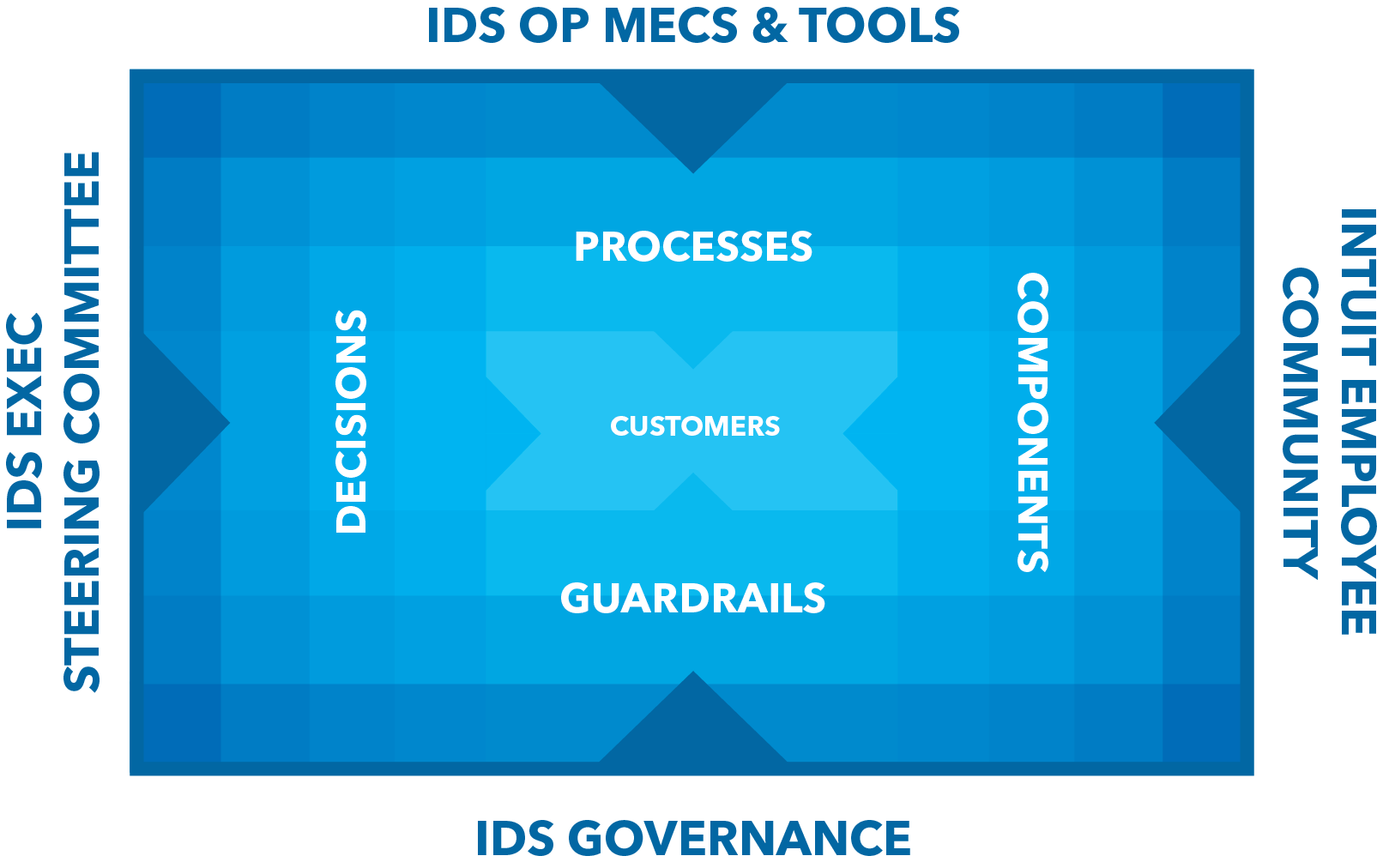I joined this amazing company and design organization back in September of 2019. My primary focus was to build a team to mature and scale the Intuit Design System (IDS). IDS is a critical part of the Intuit platform, serving as the horizontal connective tissue between our products, and the deeper connective tissue that connects our tech stack and services to the experiences that help our customers thrive.
Our aim was to converge our disparate product design systems into a single, Intuit-wide design system housing all product design themes that ensure:
1) Products coexist in a symbiotic manner (allowing each product to benefit from the innovations of others)
2) Customers experience familiarity and continuity as they move from one product or platform to another, and
3) Speed to benefit is guaranteed for their employee community of builders (with designers and developers reusing proven components and swiftly ship new features).
3) Speed to benefit is guaranteed for their employee community of builders (with designers and developers reusing proven components and swiftly ship new features).
Intuit Component Libraries + Figma = Design Acceleration
An effective way to accelerate design work is by providing teams with a library of reusable components. To ensure these libraries are fully embraced and utilized, however, it's required that they are easily accessible, intuitive to navigate, and simple to implement and consume.
The platform you use to host your component libraries can also create shared accountability, promote collaboration, and enable lockstep innovation. That is if said platform provides a line of sight to all the goodness being done across your platform. Cross-platform transparency + easy components + clear vision(s) = Product velocity magic. For the math-brained, think of "Design velocity" with the component library platform as a force multiplier. In our case, that's Figma.
Upon joining Intuit, I advocated for a full design team shift to Figma as our design tool solution. I joined a leadership council to evaluate the features and capabilities of Figma and determine whether or not it aligned with the Intuit design process and could be adopted as a standardized tool across the organization.
Here's how we looked at our design org opportunities with this potential shift.
"Does it..."
· Improve real-time collaboration within segments, across projects, across business units, and with cross-functional partners?
· Provide a more reliable source of truth for designers as they design?
· Simplify and bring efficiencies in maintaining external design systems sites?
· Contribute to a collaborative design culture?
· Improve cohesion, accelerate learning, and reduce confusion and duplication of work?
· Simplify SSO effort for SAAS tools?
· Reduce cost by eliminating potentially duplicative design tools?
· Avoid design tools fragmentation?
Here's a high-level view of our opportunity for tools convergence:
And, finally, how we looked at our success criteria for our Figma evaluation:
Large files: Satisfaction with handling large files (no broken links, lag, load times, etc.)
Efficiency: Workflow efficiency - saving time, reducing the number of steps
Quality: Minimum to zero errors during file sharing and software translation
Conversion: Adoption rate within design teams and with cross-functional partners
Specs: Accuracy of spec delivery to developers and version control; reduced number of errors and discrepancies
Integration: Scalable integration with existing partner tools and processes (brand, marketing, content, agencies, PD, etc.)
Design library management: Comparable or noticeable improvement to existing tool for design system and library management (Sketch, Lingo, Zeplin vs. Figma)
Process: Does this allow alignment across business units for an Intuit design process--a yet-to-be-developed process that will include creative explorations, collaboration, quality, and effective handoff to design?
Cost: Cost/benefit analysis over other tools and possible savings for the future
TL;DR - Figma for the win.
Durable & Adaptable
My IDS team recently ratified a platform-wide set of durable components with the aim of giving our products a shared "soul" that will provide beautiful continuity across all Intuit products. In turn, giving our customers familiarity with web, native, and desktop experiences.
You can read the full write-up on our Durable/Adaptable framework here.
Recruiting, Retention, and Reputation
As a design leader at Intuit, I share in the responsibility of building a world-class creative culture. By working closely with those most passionate about our design org's culture, I've been able to plant seeds on the ground for high-impact, measurable grassroots efforts to take hold. Recruiting, retention and reputation metrics are the foundation of the measurement framework I've set up for accountability, and some of the tactics fueling our efforts include:
The Design Bar - I've gathered together Intuit's top craftspeople in an effort to raise our quality bar through my own creative direction and moderating healthy critique sessions. The Intuit Design Bar team is showcasing our best visual, motion, UX, and event work, plus design narratives across platforms such as Dribbble, Medium, and LinkedIn.
Visual Design lunch and learn - Sponsoring outside-in creative energy with the aim of fueling our community with art, design, operations, and leadership expertise from around the world. These monthly sessions have helped bring fresh perspectives and voices to our creative community while signaling to those outside our walls that we are permeable to authentic voices from the people our products serve.
Supercharge event - My vision is to create a bi-annual venue to bring our creative voices together to inspire one another to do the best work of our careers. Our Supercharge events will feature product walkthroughs, coaching sessions, craft workshops, and collaborative activities to reinforce the One Intuit design team vibe and ensure cross-pollination is maintained across our often siloed business units.
Ad hoc, hands-on design work
